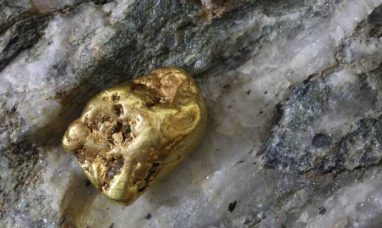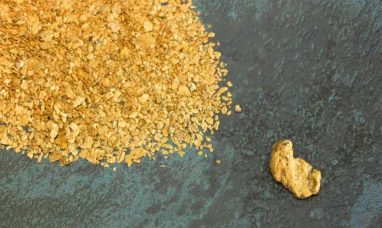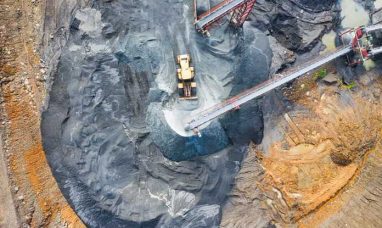TSUKUBA, Japan, Aug. 31, 2023 /PRNewswire/ — A team led by a researcher at Research Center for Materials Nanoarchitectonics (MANA) delved into the interplay of plasma oscillations and electrons in cuprate superconductors, shedding light on the emergence of plasmarons–distinct quasiparticles driven by charge fluctuations within the system.
Image: https://cdn.kyodonewsprwire.jp/prwfile/release/M105739/202308288564/_prw_PI1fl_p9M5a59h.jpg
Metallic systems exhibit plasmons–quanta of collective electron oscillation–as elementary charge excitations. Recently, this behavior was confirmed even in high-temperature cuprate superconductors, materials with potential to revolutionize next-generation electronics. However, studying the interplay of plasmons and electrons in such materials presents unique challenges due to their strongly correlated nature and layered structure.
Recently, a research team, including Principal Researcher Hiroyuki Yamase at MANA in Japan, and Dr. Matias Bejas and Prof. Andres Greco from UNR-CONICET in Rosario, Argentina, focused on understanding the influence of plasmons on electron dispersion in cuprates, leading to the discovery of intriguing quasiparticles called “plasmarons” in these materials.
“Unlike phonons and magnetic fluctuations, plasmons in cuprates do not manifest themselves as kinks in the electron dispersion. Instead, they give rise to plasmarons, which are generated by bosonic fluctuations associated with the local constraint imposed by strong electron correlations rather than the usual charge-density fluctuations,” explains Dr. Yamase. This finding highlights the distinct nature of plasmarons in cuprate superconductors.
The researchers found that the optical plasmon is responsible for the emergence of plasmarons, forming an additional band in the one-particle excitation spectrum. Remarkably, the plasmarons predicted in cuprates exhibit similarities to those discussed in other metallic systems, including alkali metals, graphene, monolayer transition-metal dichalcogenides, semiconductors, diamond, and SrIrO3 films. This suggests the general applicability of the concept of plasmarons in metallic systems beyond cuprates, meaning the findings could be applied to a plethora of new metallic quantum systems.
“The insights gained from this research will have significant implications for engineering the band structure in metallic quantum materials,” highlights Dr. Yamase.
In conclusion, understanding the interplay between plasmons and electrons, particularly the emergence of plasmarons, can provide valuable knowledge for manipulating and tailoring the properties of metallic systems and designing new materials for novel applications.
Research Highlights Vol. 84
https://www.nims.go.jp/mana/research/highlights/vol84.html
MANA Research Highlights
https://www.nims.go.jp/mana/ebulletin/index.html
![]() View original content:https://www.prnewswire.com/news-releases/mana-researcher-realizes-plasmaron-quasiparticles-in-cuprate-superconductors-301914432.html
View original content:https://www.prnewswire.com/news-releases/mana-researcher-realizes-plasmaron-quasiparticles-in-cuprate-superconductors-301914432.html
SOURCE Research Center for Materials Nanoarchitectonics (MANA), National Institute for Materials Science (NIMS)

Featured image: DepositPhotos © ewastudio















